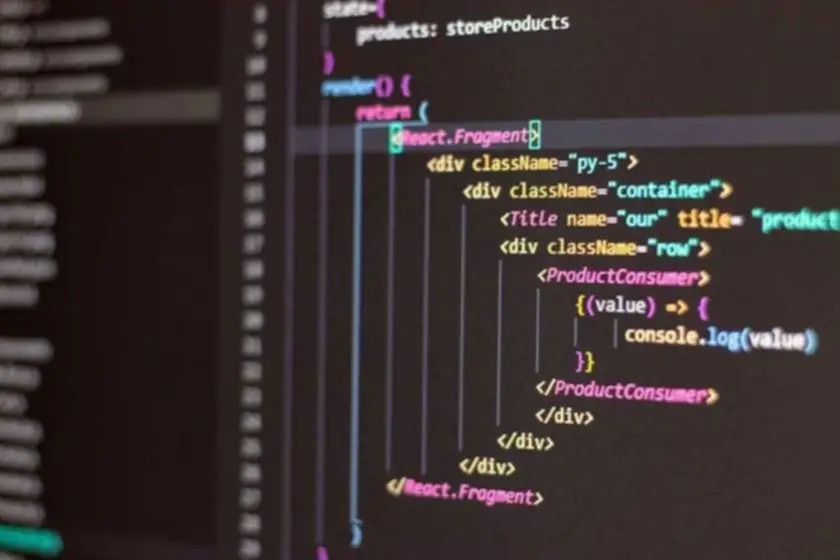The RNN tracks the context by maintaining a hidden state at each time step. A suggestions loop is created by passing the hidden state from one-time step to the next. The hidden state acts as a memory that stores details about earlier inputs. At each time step, the RNN processes the present input (for example, a word in a sentence) along with the hidden state from the previous time step. This permits the RNN to “bear in mind” previous data factors and use that info to affect the current output. All of the inputs and outputs in standard neural networks are independent of one another.
Widespread Challenges Of Recurrent Neural Networks
In this text I would assume that you’ve a primary understanding of neural networks . In this text,we’ll talk about Recurrent Neural Networks aka RNNs that made a major breakthrough in predictive analytics for sequential data. This article we’ll cover the architecture of RNNs ,what is RNN , what was the need of RNNs ,how they work , Various applications of RNNS, their advantage & disadvantage. One drawback to straightforward RNNs is the vanishing gradient drawback, by which the performance of the neural network suffers as a end result of it could’t be educated properly.
In neural networks, you mainly do forward-propagation to get the output of your model and check if this output is correct or incorrect, to get the error. Backpropagation is nothing but going backwards through your neural community to search out the partial derivatives of the error with respect to the weights, which allows you to subtract this worth from the weights. A recurrent neural network, nonetheless, is ready to keep in mind these characters due to its inner memory.
How Do Recurrent Neural Networks Evaluate To Other Deep Studying Networks?

Recurrent Neural Networks stand out as a pivotal technology in the realm of synthetic intelligence, notably because of their proficiency in handling sequential and time-series knowledge. Their unique architecture has opened doorways to groundbreaking purposes throughout various fields. Despite facing some challenges, the evolution of RNNs has continuously expanded their capabilities and applicability. RNNs, however, have a looped network architecture that allows information to persist throughout the community. This looping mechanism permits RNNs to have a sense of memory and to course of sequences of knowledge.
We’ll use createInputs() later to create vector inputs to cross in to our RNN. Vocab now holds a listing of all words that seem in a minimum of one coaching textual content. The output yyy shall be a vector containing two numbers, one representing positive and the other unfavorable. We’ll apply Softmax to turn those values into chances and in the end decide between optimistic / adverse. Later in this submit, we’ll build a “many to one” RNN from scratch to carry out basic Sentiment Analysis.
- In distinction, transformers and CNNs can process the complete enter simultaneously.
- RNNs excel in duties such as textual content technology, sentiment evaluation, translation, and summarization.
- They make use of the same settings for each input since they produce the identical outcome by performing the same task on all inputs or hidden layers.
- LSTMs can be utilized to add strategic memory modules when transformer-based networks are combined to form extra superior architectures.
- Creative applications of statistical techniques similar to bootstrapping and cluster evaluation may help researchers examine the relative performance of various neural network architectures.
Recurrent Neural Networks or RNNs , are an important variant of neural networks heavily utilized in Natural Language Processing . They’re are a class of neural networks that permit earlier outputs for use as inputs whereas https://www.globalcloudteam.com/ having hidden states. Those derivatives are then used by gradient descent, an algorithm that may iteratively reduce a given function. Then it adjusts the weights up or down, relying on which decreases the error.

There are dozens of different approaches, and beforehand obscure forms of models are seeing significant progress today. Researchers have launched new, superior RNN architectures to overcome points like vanishing and exploding gradient descent that hinder studying in lengthy sequences. When we apply a Backpropagation algorithm to a Recurrent Neural Community with time series knowledge as its input, we call it backpropagation by way of time.
That is, LSTM can study duties that require reminiscences of events that occurred 1000’s and even millions types of rnn of discrete time steps earlier. Problem-specific LSTM-like topologies may be evolved.56 LSTM works even given lengthy delays between vital occasions and may deal with alerts that mix low and high-frequency components. RNN use has declined in artificial intelligence, particularly in favor of architectures such as transformer fashions, however RNNs aren’t obsolete.
Thus the community can preserve a sort of state, permitting it to perform duties such as sequence-prediction which might be past the facility of a normal multilayer perceptron. Bidirectional recurrent neural networks (BRNN) uses two RNN that processes the identical enter in reverse directions.37 These two are sometimes combined, giving the bidirectional LSTM structure. Two classes of algorithms which have propelled the field of AI ahead are convolutional neural networks (CNNs) and recurrent neural networks (RNNs). Evaluate how CNNs and RNNs work to understand their strengths and weaknesses, including where they’ll complement one another. The “recurrent” in “recurrent neural network” refers to how the mannequin combines data from past inputs with present inputs.
On the opposite hand,one can use RNNs to foretell subsequent value in a sequence with the assistance of information about previous words or sequence . Knowledge Scientists have praised RNNs for their ability to cope with varied input and output varieties. Convolutional neural networks (CNNs) are feedforward networks, meaning information solely flows in one path and they don’t have any memory of earlier inputs. RNNs possess a suggestions loop, permitting them to remember earlier inputs and study from previous experiences. As a result, RNNs are better geared up than CNNs to process sequential knowledge.
Lengthy short-term memory (LSTM) networks are an extension of RNN that reach Operational Intelligence the reminiscence. LSTMs assign knowledge “weights” which helps RNNs to both let new data in, neglect info or give it importance sufficient to impact the output. Inside BPTT the error is backpropagated from the final to the primary time step, while unrolling on a regular basis steps. This allows calculating the error for each time step, which allows updating the weights.
